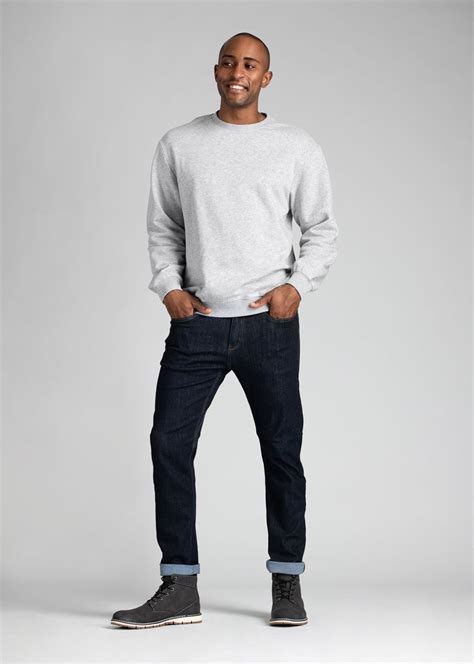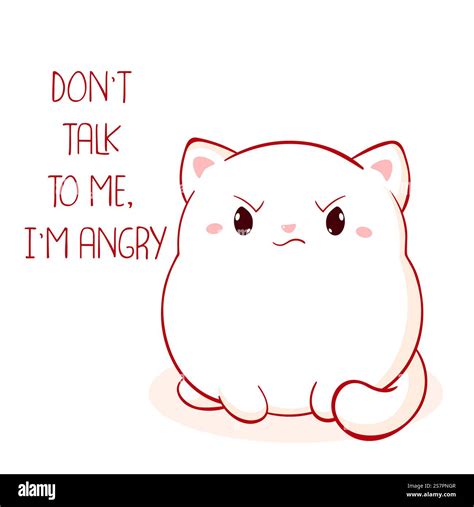In the world of men’s fashion, the difference between looking merely dressed and looking truly dapper often comes down to one crucial element: fit. No matter the brand or cost, ill-fitting clothing can undermine your entire look, while well-fitted garments elevate your appearance, enhance your silhouette, and project an undeniable sense of confidence. Understanding how to properly fit suits, shirts, and jeans is not just about aesthetics; it’s about making your clothes work for you.
The Unseen Power of Proper Fit
Many men underestimate the transformative power of clothing that truly fits. It’s the secret ingredient that makes off-the-rack items look custom-made and turns an average outfit into an exceptional one. When your clothes fit correctly, they streamline your body, highlight your best features, and move with you naturally, rather than against you. This comfort and visual harmony contribute significantly to how you carry yourself and, in turn, how others perceive you.

Mastering the Suit: Your Second Skin
A suit is perhaps the most defining piece in a man’s wardrobe, and its impact is almost entirely dependent on its fit. Getting this right involves several key areas:
The Suit Jacket
- Shoulders: The shoulder seams should align perfectly with the edge of your shoulders. If they extend past, the jacket is too big; if they fall short, it’s too small.
- Length: With your arms relaxed at your sides, the jacket hem should cover your seat and end around the middle of your thumb’s knuckle.
- Sleeve Length: The jacket sleeve should end where your wrist meets your hand, allowing about half an inch of your shirt cuff to show.
- Torso: When buttoned (typically the top button on a two-button, or middle on a three-button), the jacket should feel snug but not pull, forming a slight ‘X’ pattern across the chest. You should be able to comfortably slip your hand inside.
The Trousers
- Waist: The trousers should sit comfortably on your natural waist without needing a belt to stay up.
- Thigh and Seat: They should drape smoothly over your thighs and seat, neither baggy nor uncomfortably tight.
- Length (Break): This is a matter of personal preference but generally, a ‘no break’ (trousers just touching the shoes) or a ‘slight break’ (a single fold where the trousers meet the shoe) creates a modern, clean look. Avoid excessive fabric puddling around your ankles.

The Perfect Shirt: Crisp and Comfortable
Whether it’s a dress shirt or a casual button-down, a well-fitting shirt is fundamental.
- Collar: The collar should allow two fingers to comfortably fit between it and your neck when buttoned. Any tighter or looser is incorrect.
- Shoulders: Just like a suit jacket, the shoulder seams should sit precisely at the edge of your shoulder bone.
- Sleeve Length: The cuff should meet the top of your hand at the wrist bone when your arm is straight. When bent, it shouldn’t pull significantly up your forearm.
- Torso: The shirt should gently follow the contour of your body without ballooning out at the waist or pulling taut across the chest and stomach. You should have a full range of motion without restriction.

Denim Done Right: Finding Your Ideal Jeans
Jeans have evolved far beyond mere workwear and are now a cornerstone of modern casual style. Their fit is just as crucial as formal attire.
- Waist: Your jeans should fit snugly around your waist without being restrictive. They will stretch slightly with wear.
- Rise: This refers to the distance from the crotch seam to the top of the waistband. Low, mid, and high rises offer different comfort levels and aesthetics. Choose one that flatters your body type and feels comfortable.
- Thigh and Seat: Jeans should fit comfortably around your thighs and seat without feeling tight or baggy. This often dictates the overall style (e.g., slim, straight, relaxed).
- Length: For a clean look, jeans can have a slight break or no break, just touching the top of your shoe. For a more casual, modern vibe, a slight ‘stacking’ at the ankle is acceptable, but avoid excessive bunching or dragging on the ground.
- Leg Opening: Consider whether you prefer a straight leg, a slight taper, or a wider opening based on your footwear and desired aesthetic.

The Tailor: Your Style Ally
It’s rare to find garments that fit perfectly off the rack. This is where a good tailor becomes invaluable. Simple alterations, like hemming trousers, taking in a shirt’s side seams, or adjusting a jacket’s sleeves, can transform an ‘okay’ garment into a ‘perfect’ one. View tailoring as an investment in your personal style and confidence, not an extra expense.
Conclusion: Confidence Through Clothing
Understanding and prioritizing proper fit for your suits, shirts, and jeans is a fundamental step towards cultivating a polished and confident personal style. It’s about respecting your physique and presenting yourself in the best possible light. By paying attention to these details, you’ll not only look better but also feel more comfortable, self-assured, and ready to tackle whatever comes your way.





